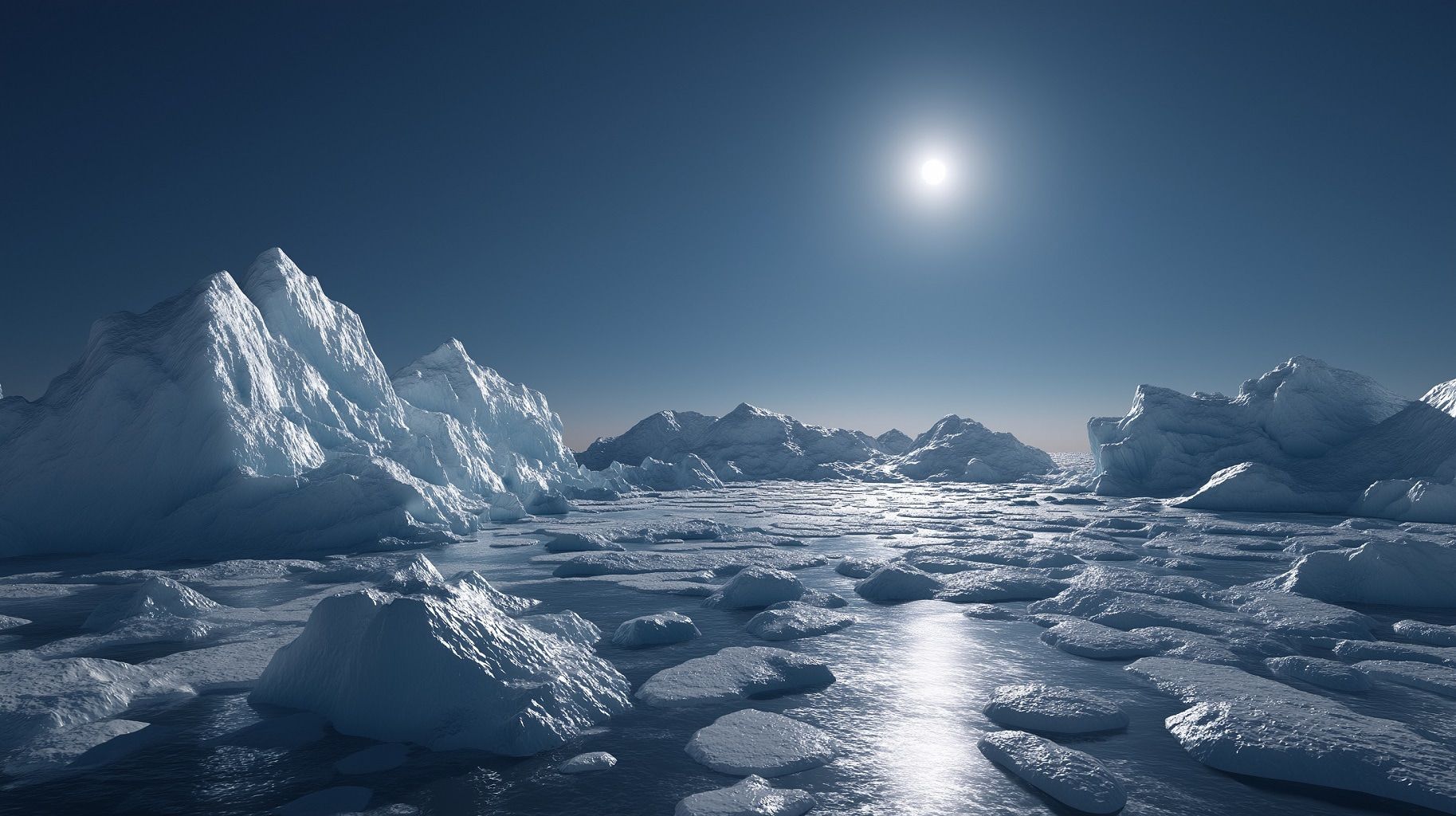
Arctic Radar Revolution: Space Norway & SSTL Join Forces on Game-Changing Satellite Program
Background: Space Norway & SSTL Space Norway AS is Norway’s national satellite operator, tasked with developing strategic space infrastructure for governmental and societal needs sstl.co.uk. Wholly owned by the Norwegian Ministry of Trade, Industry and Fisheries, Space Norway focuses on


